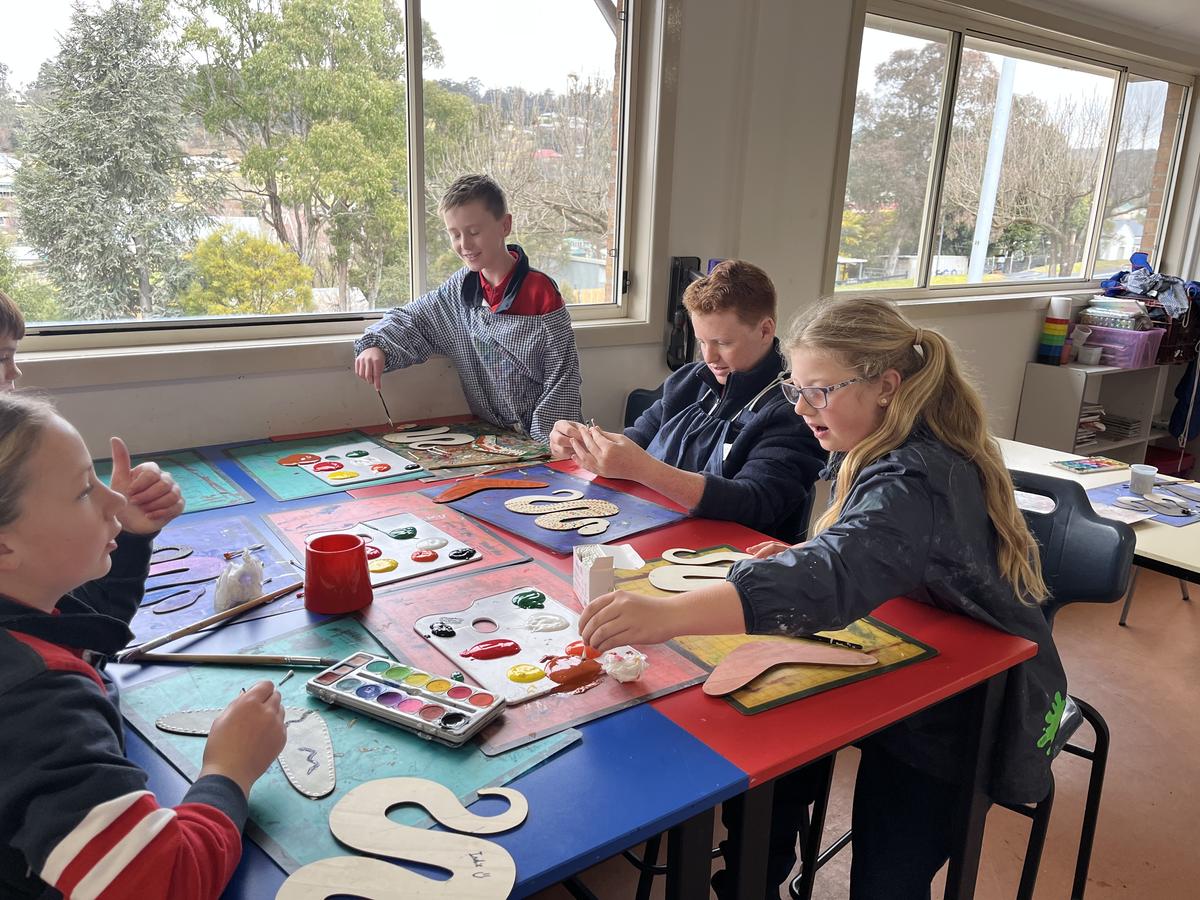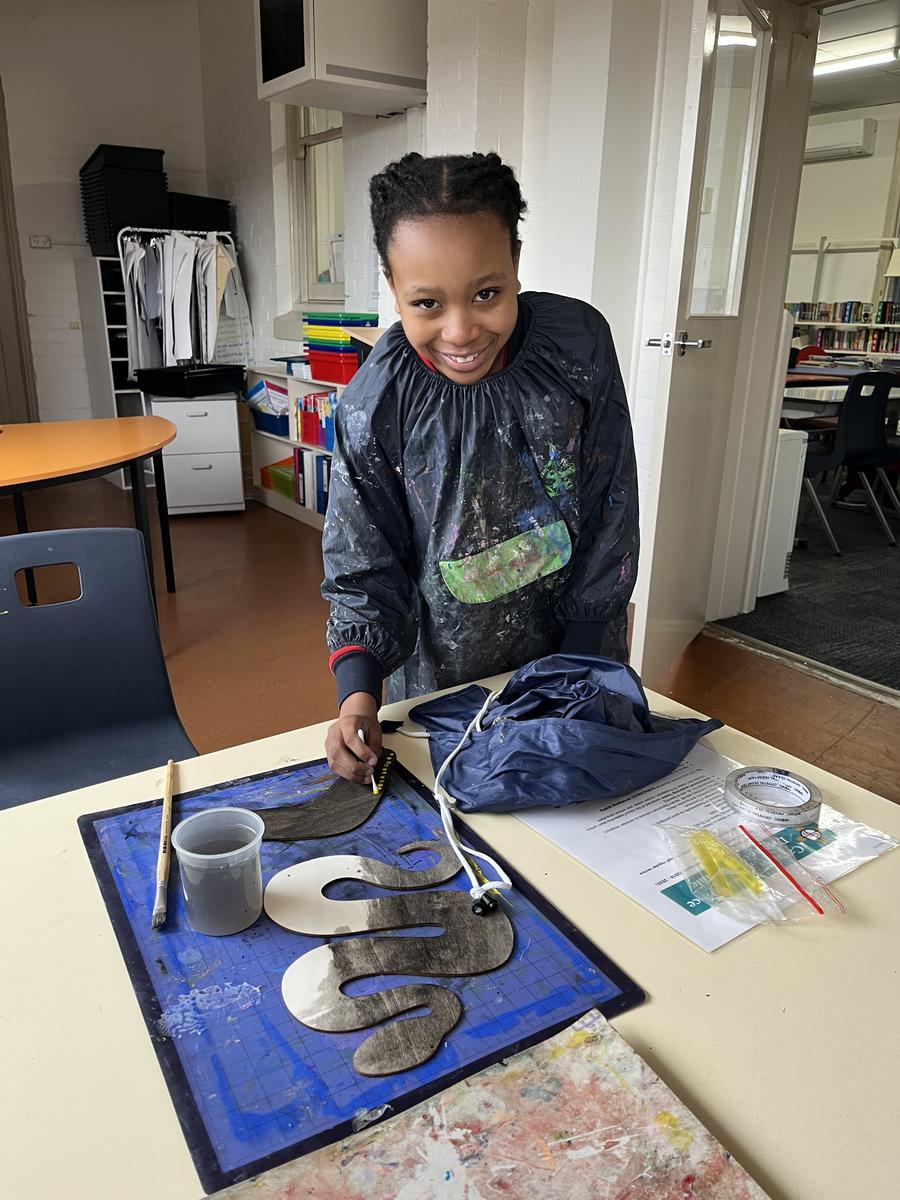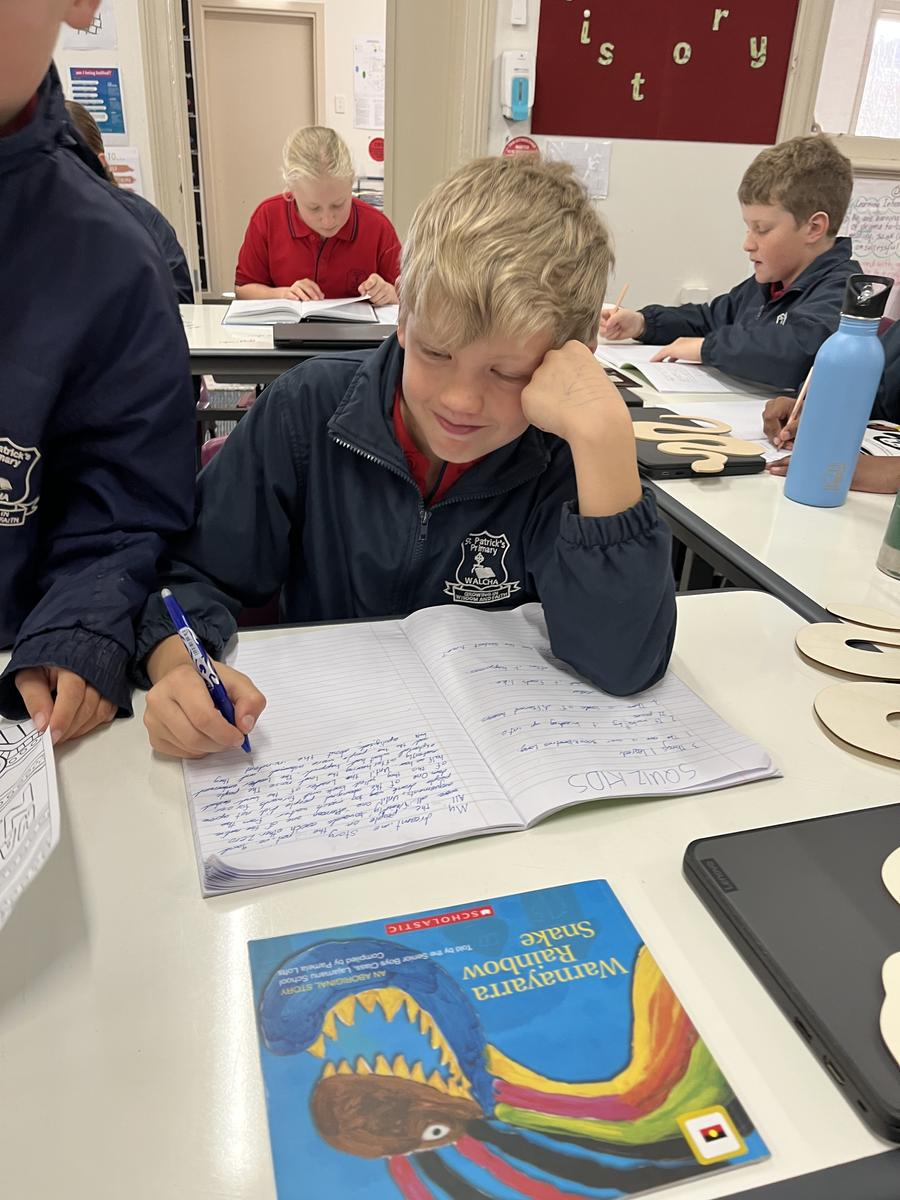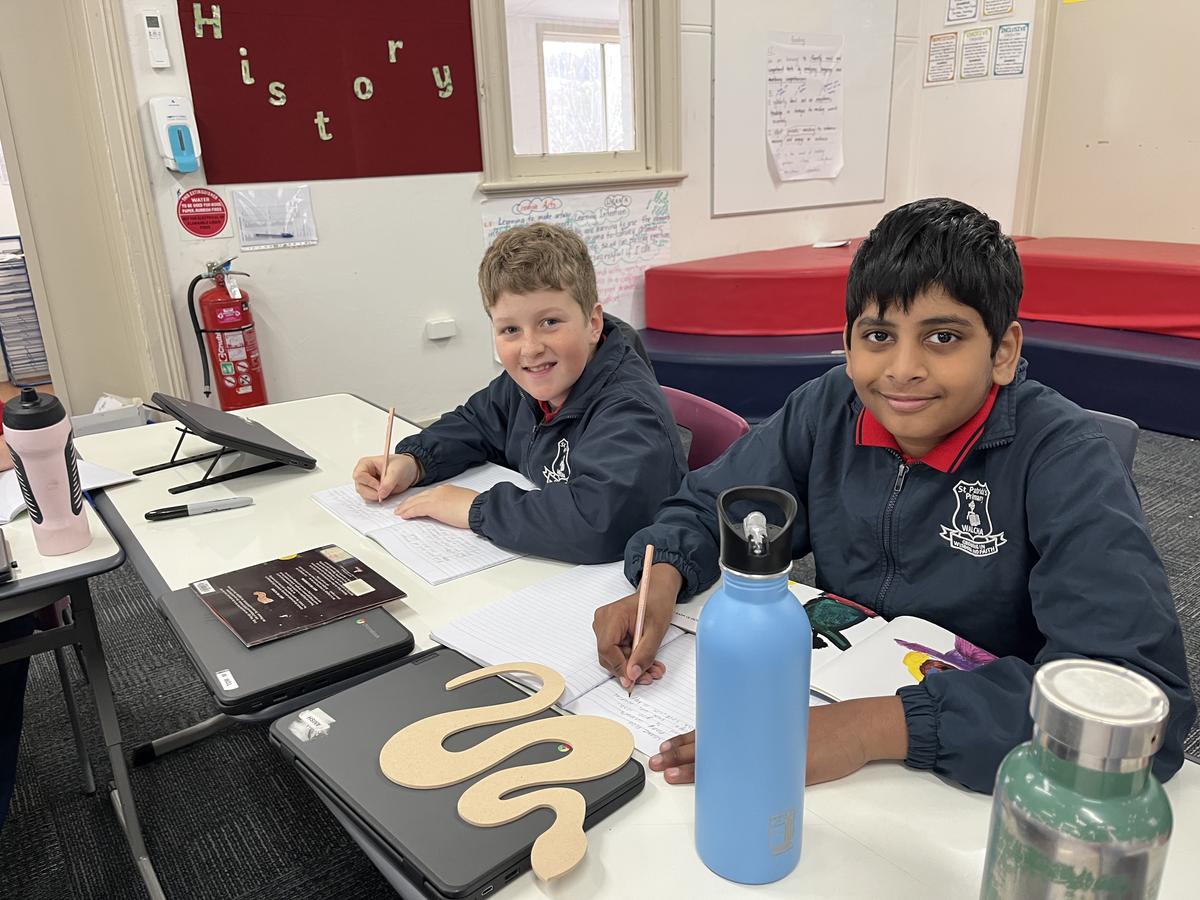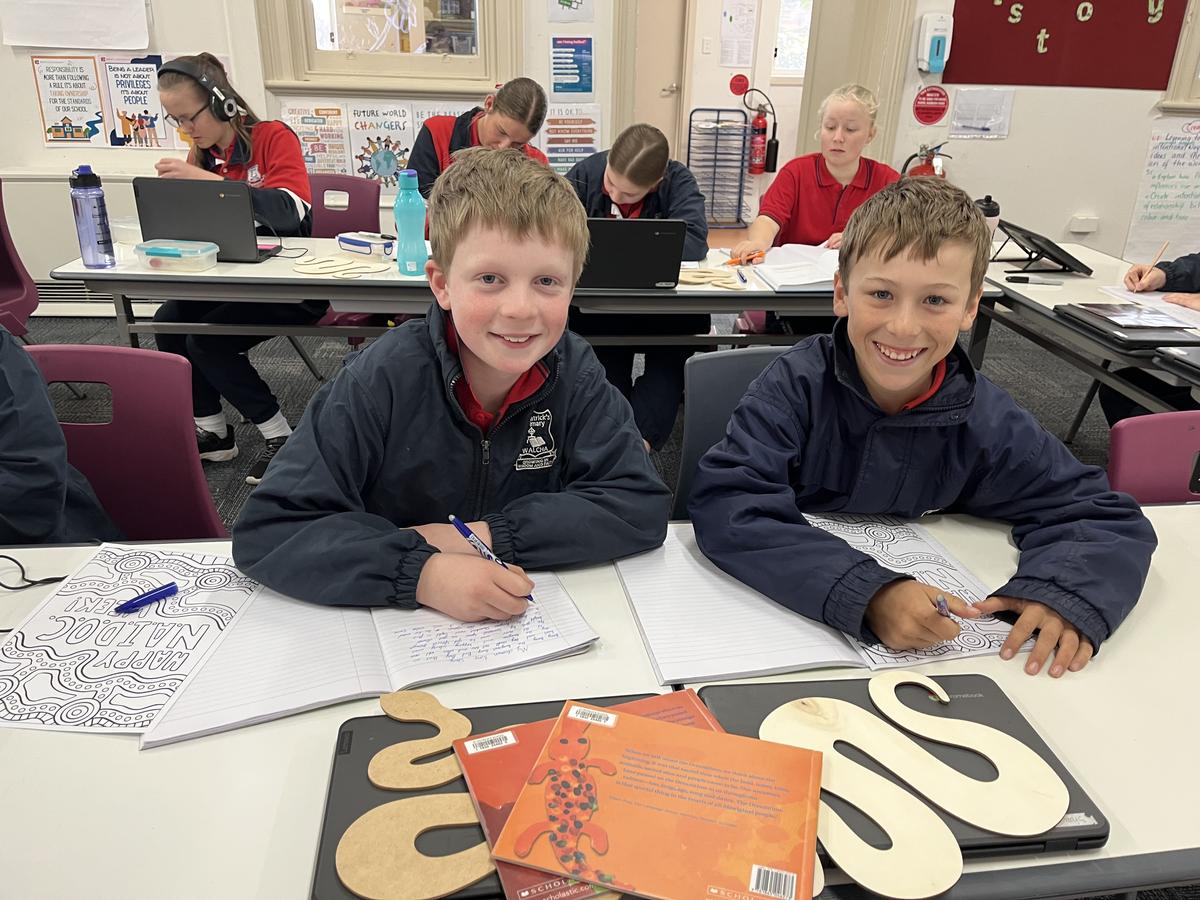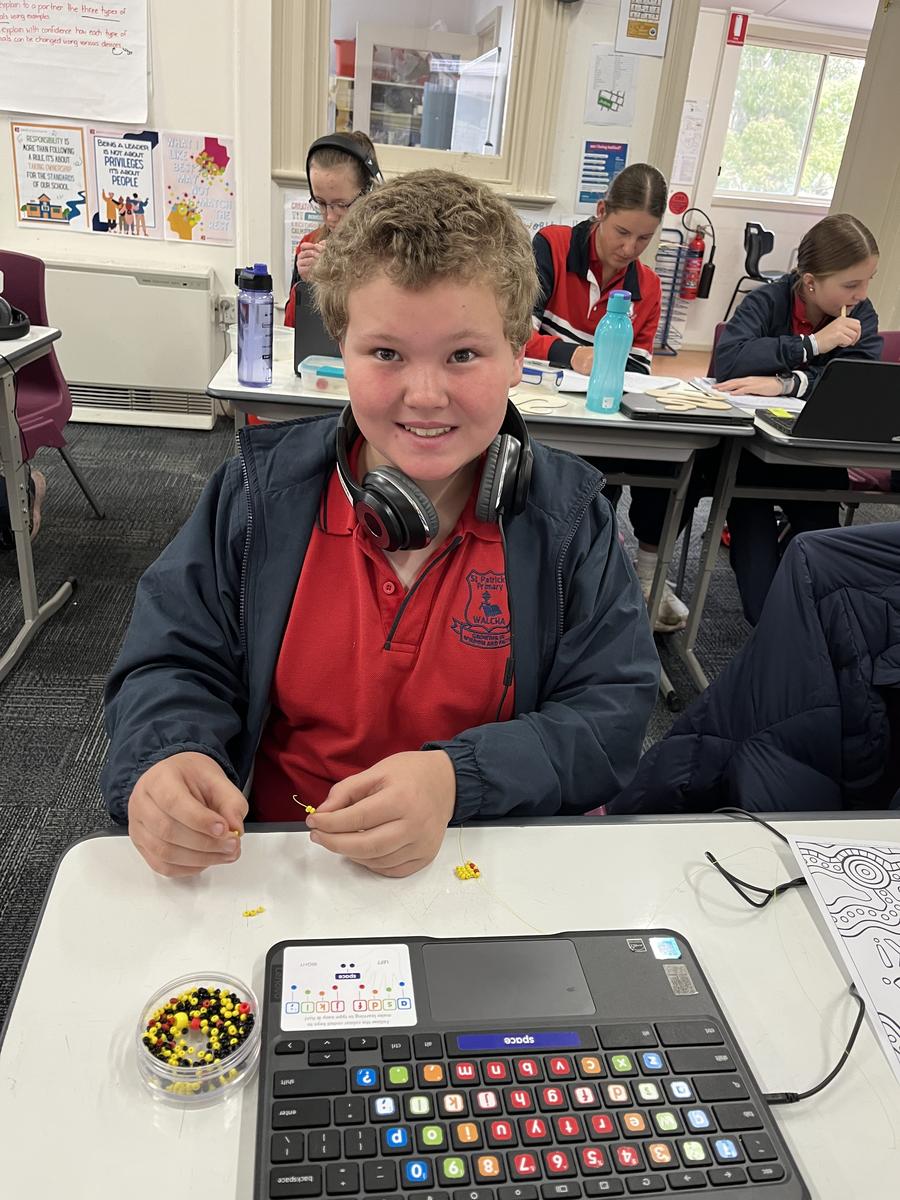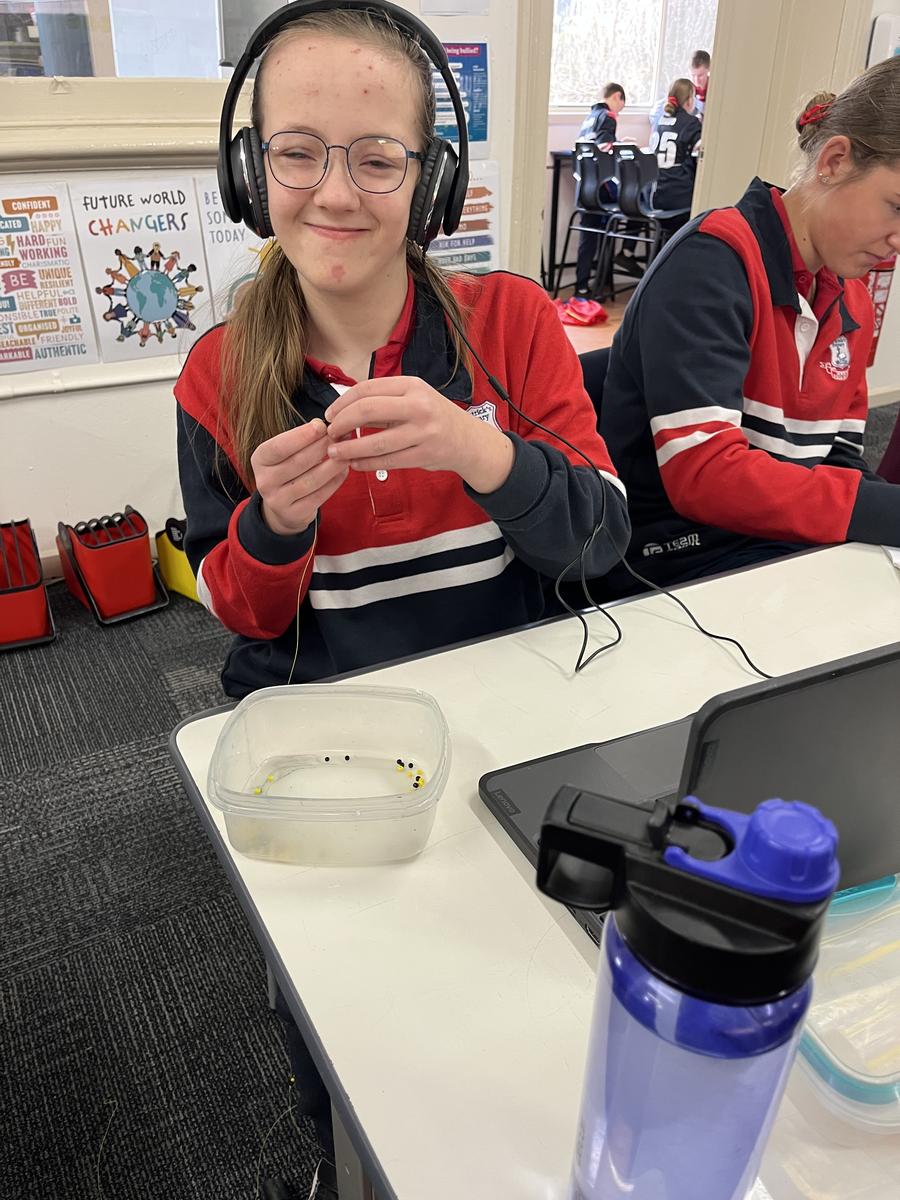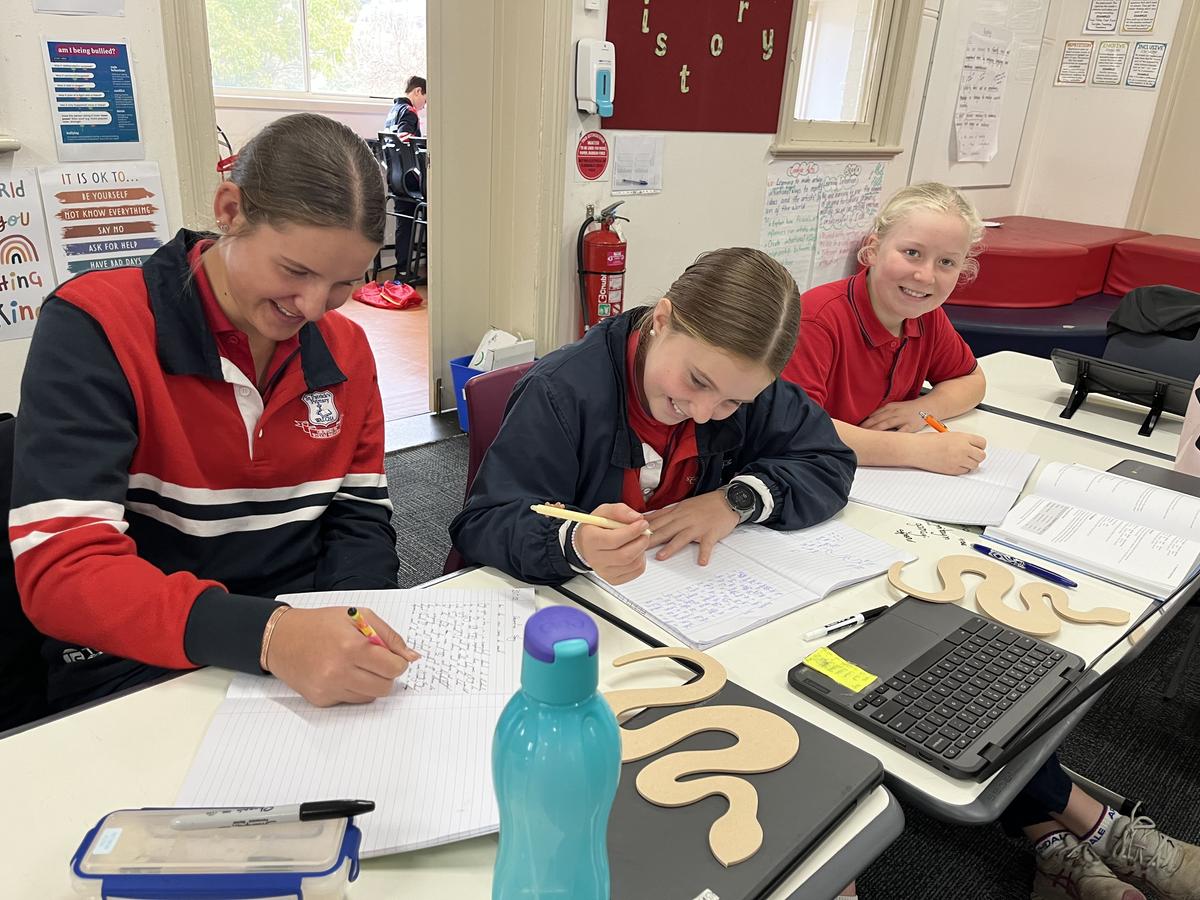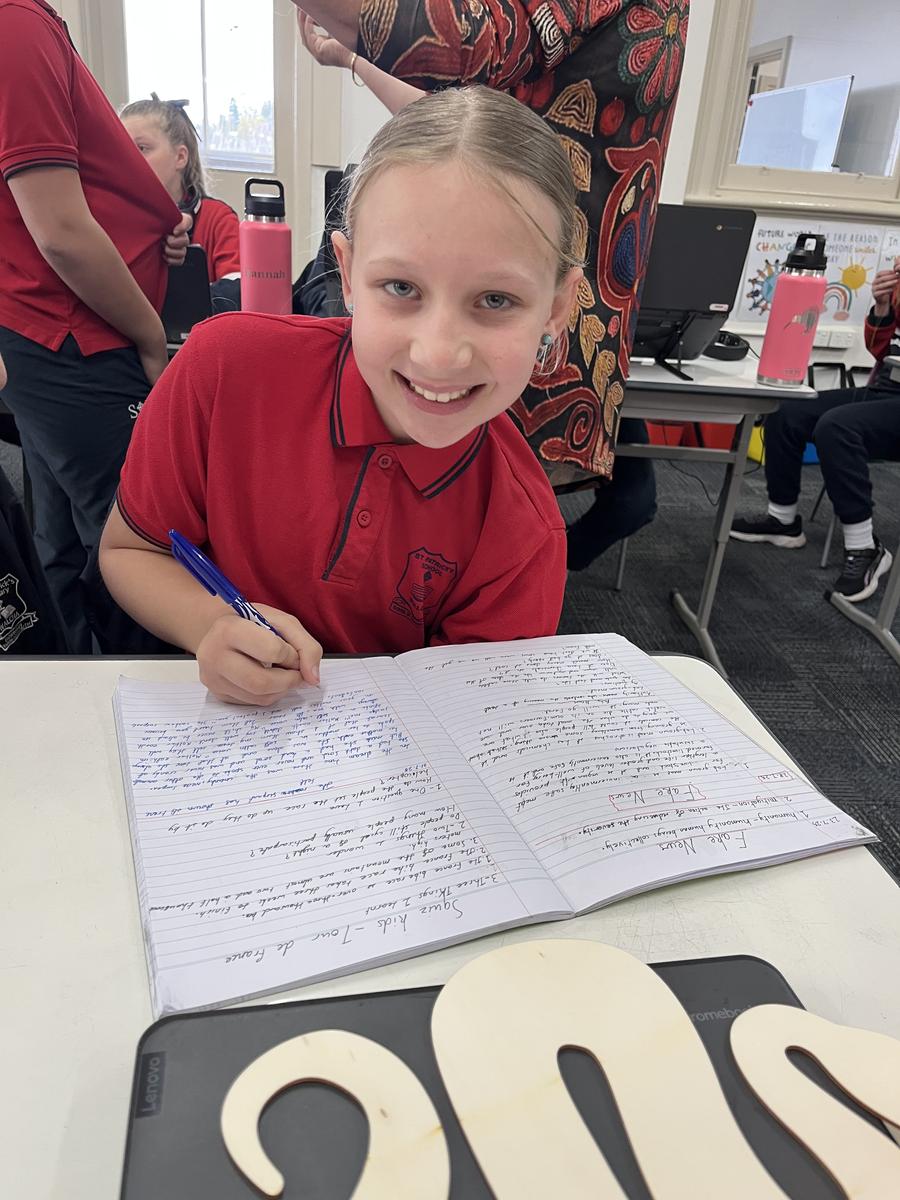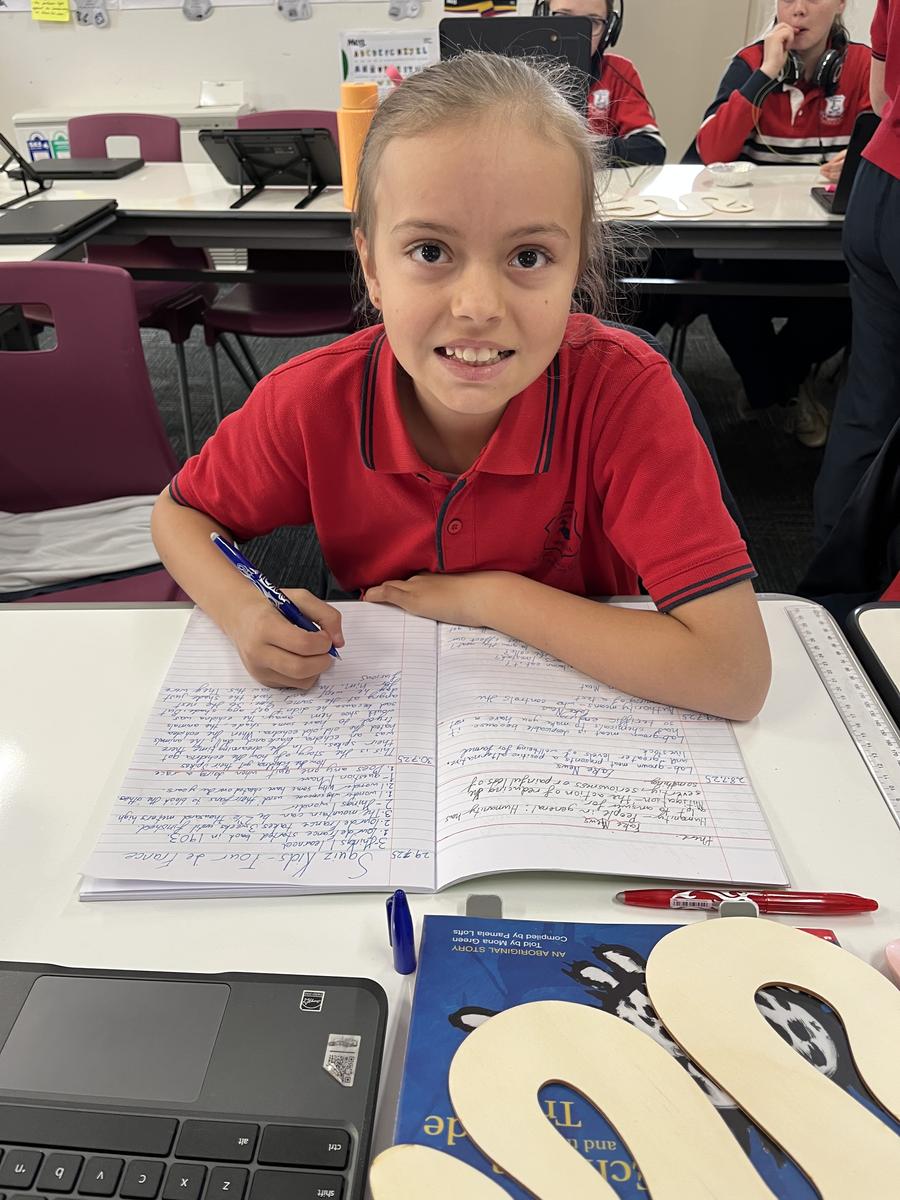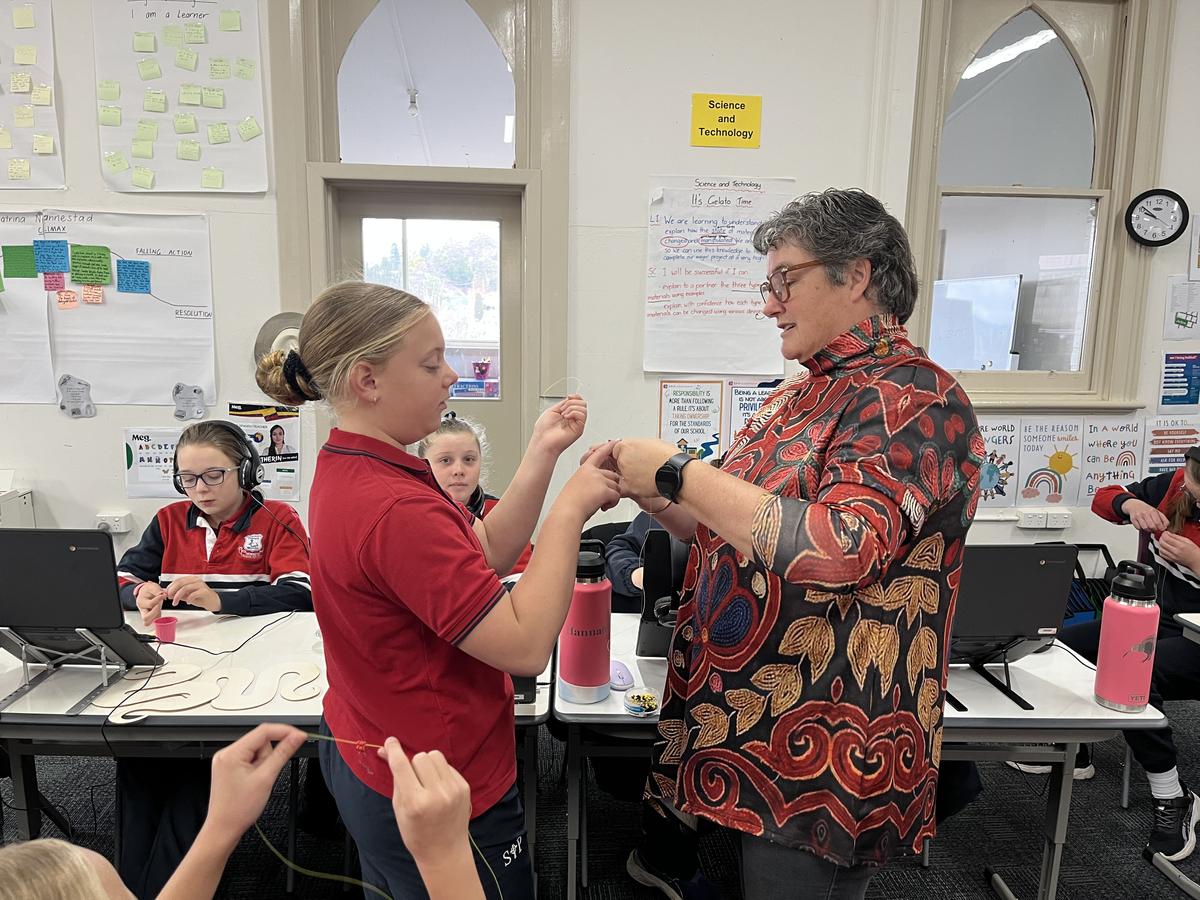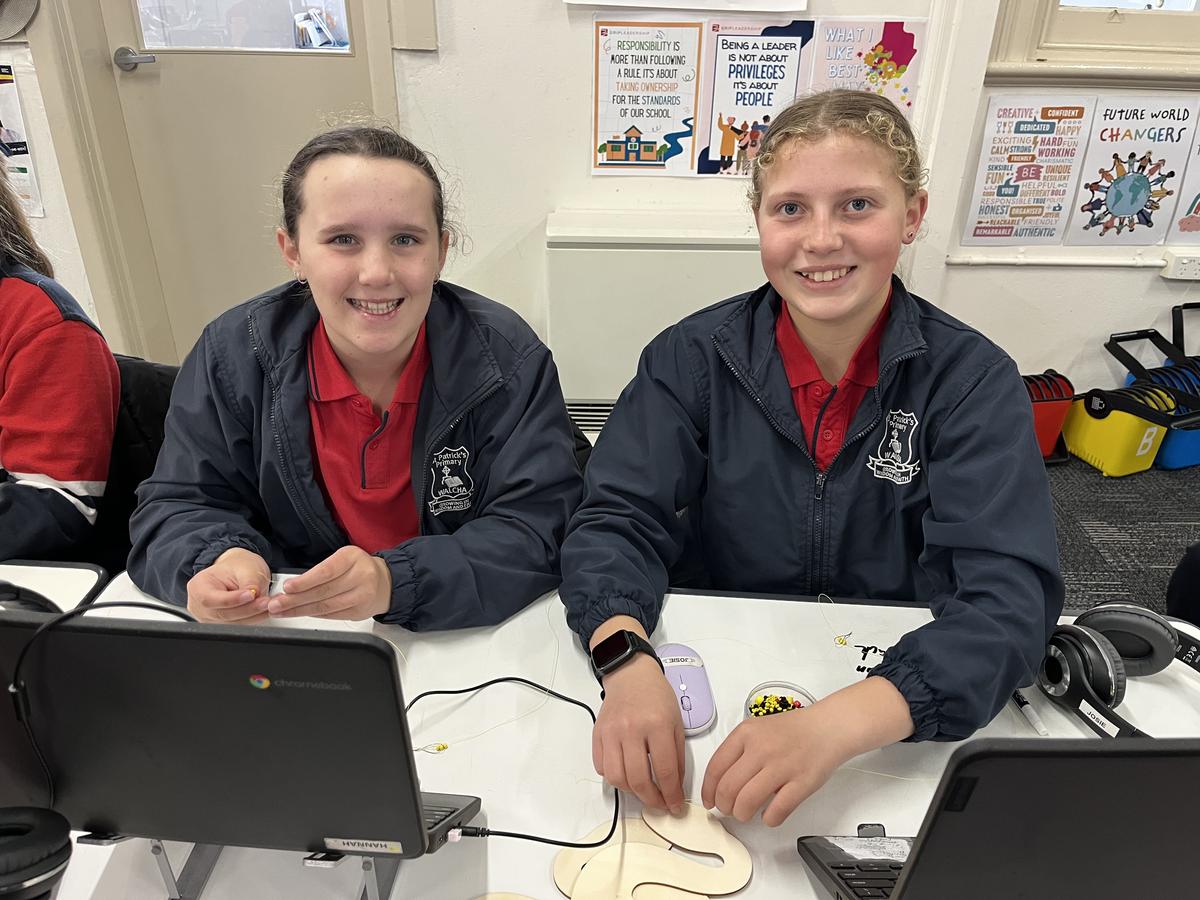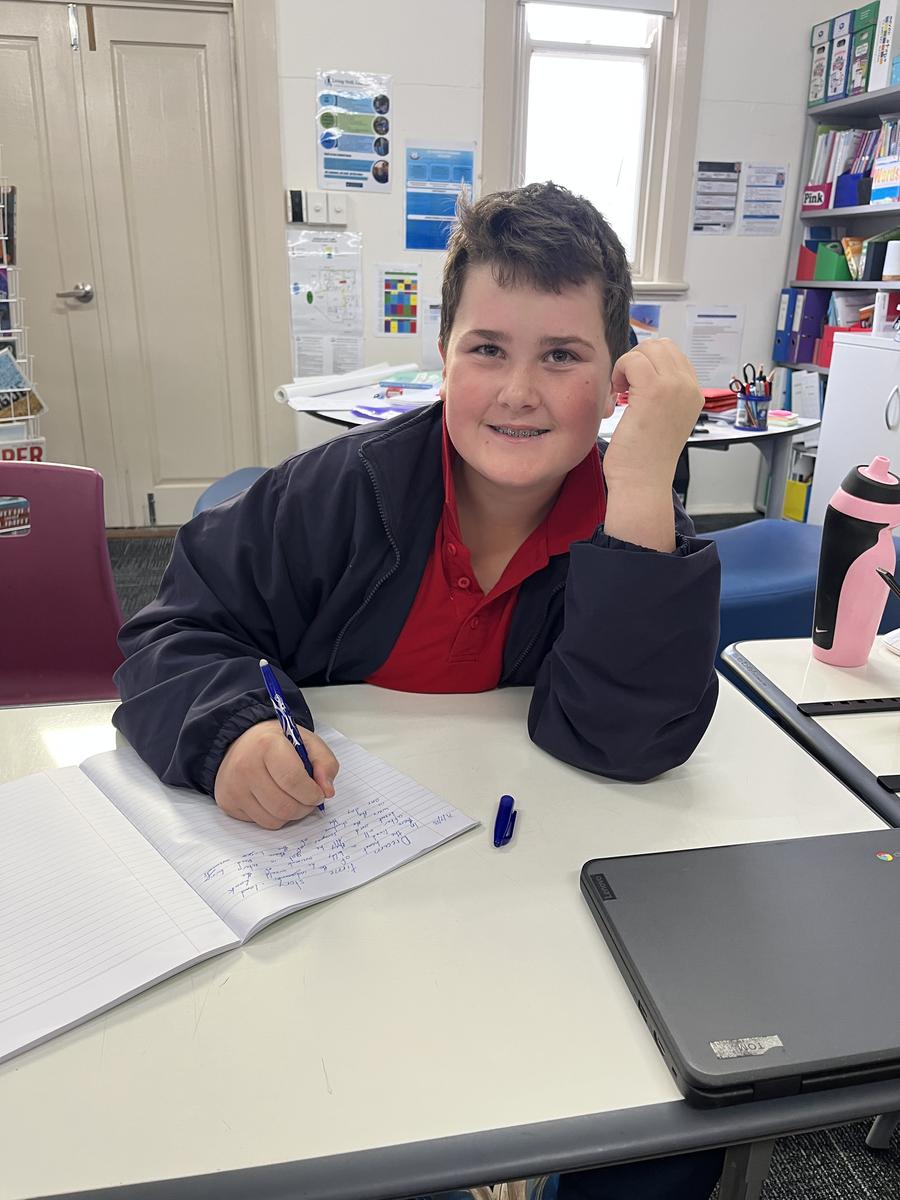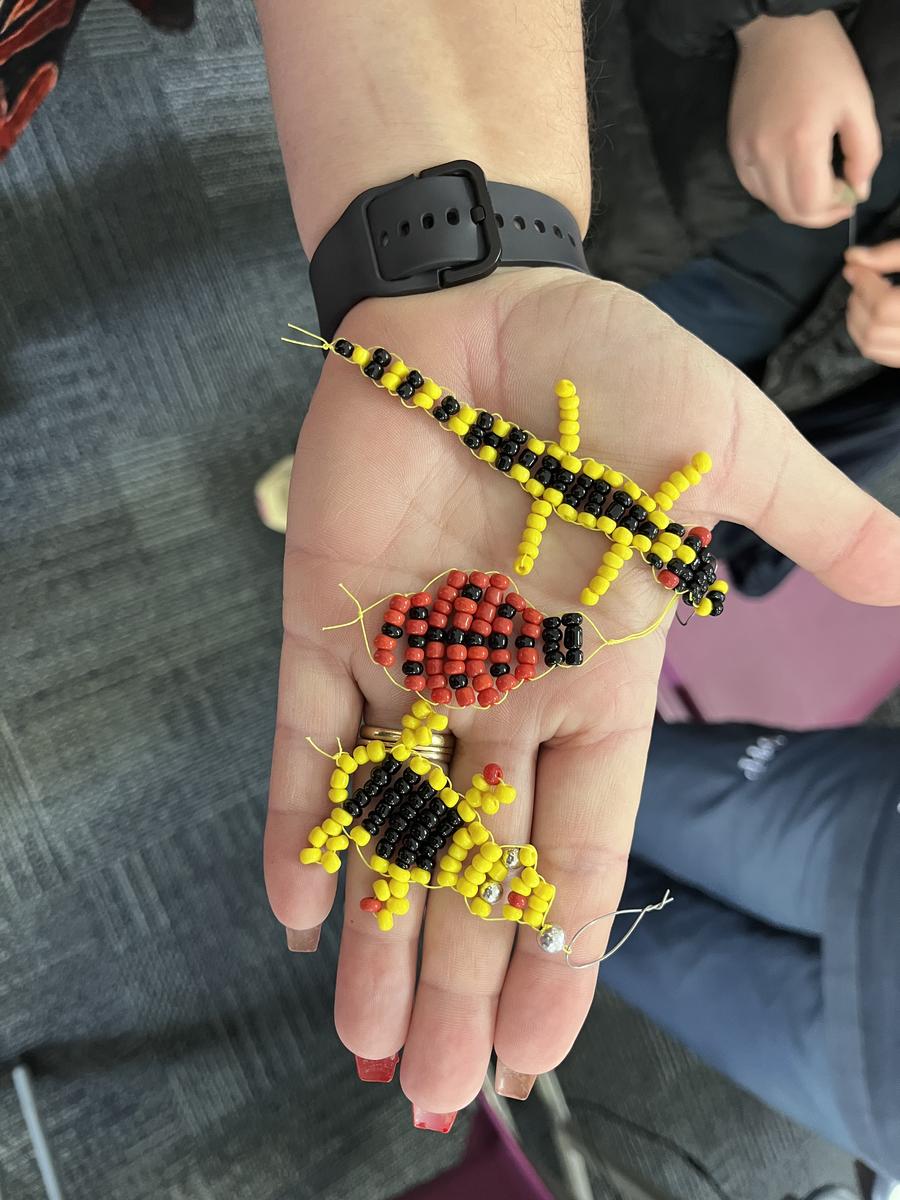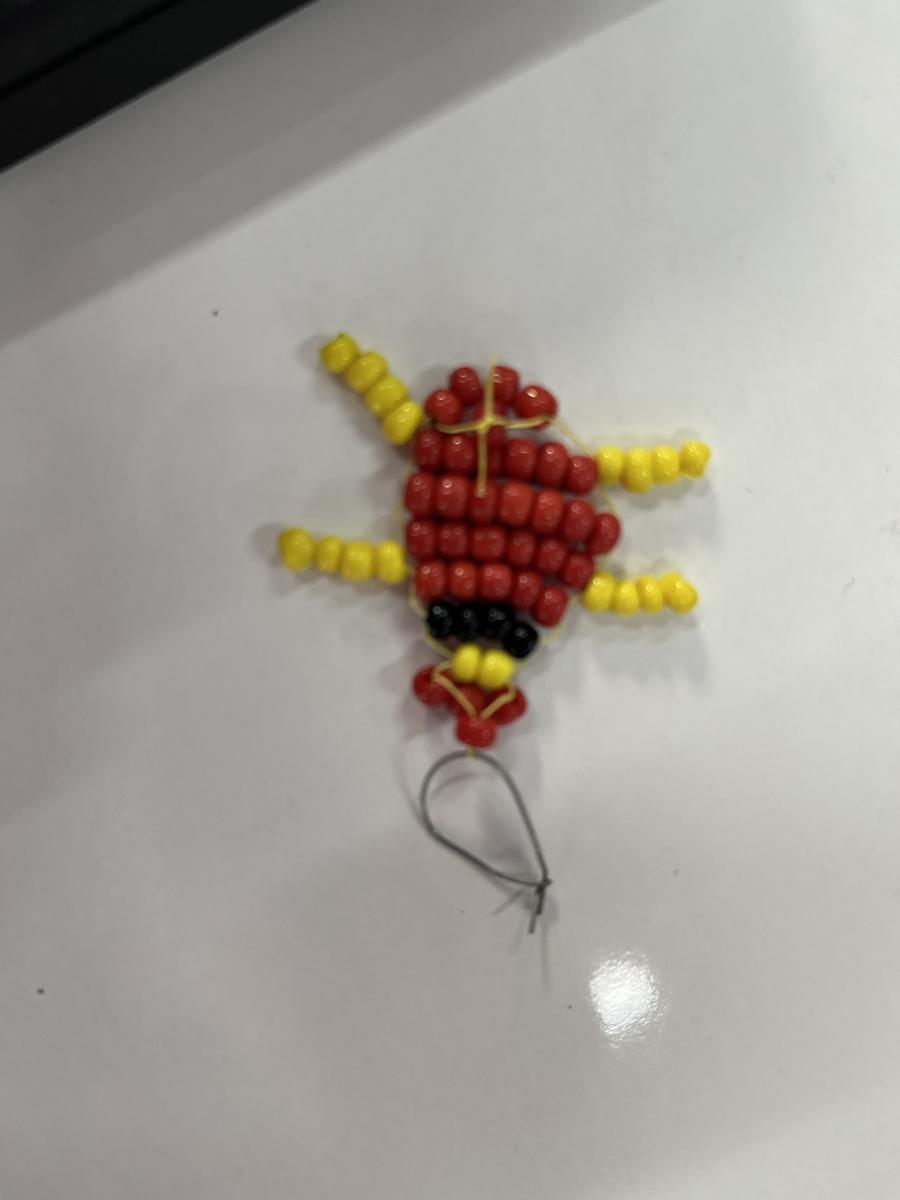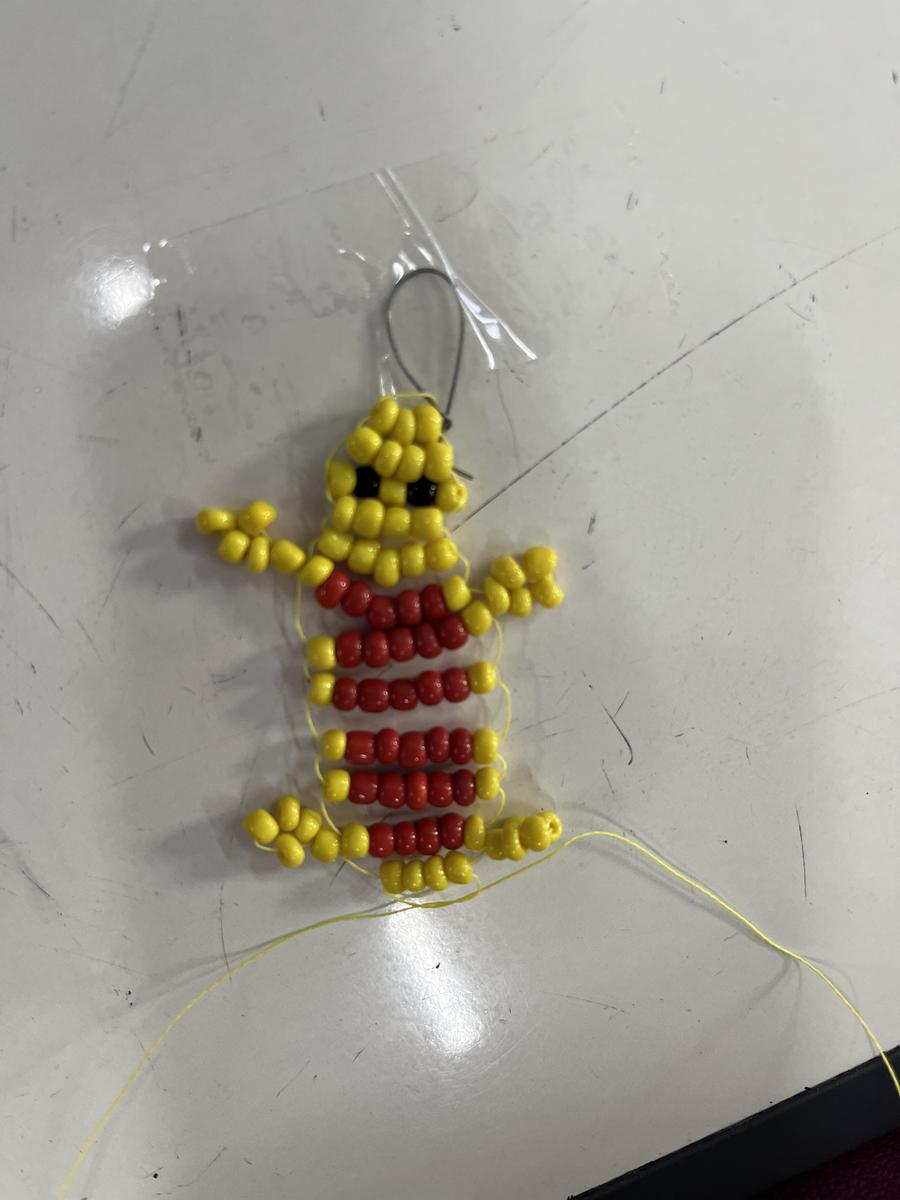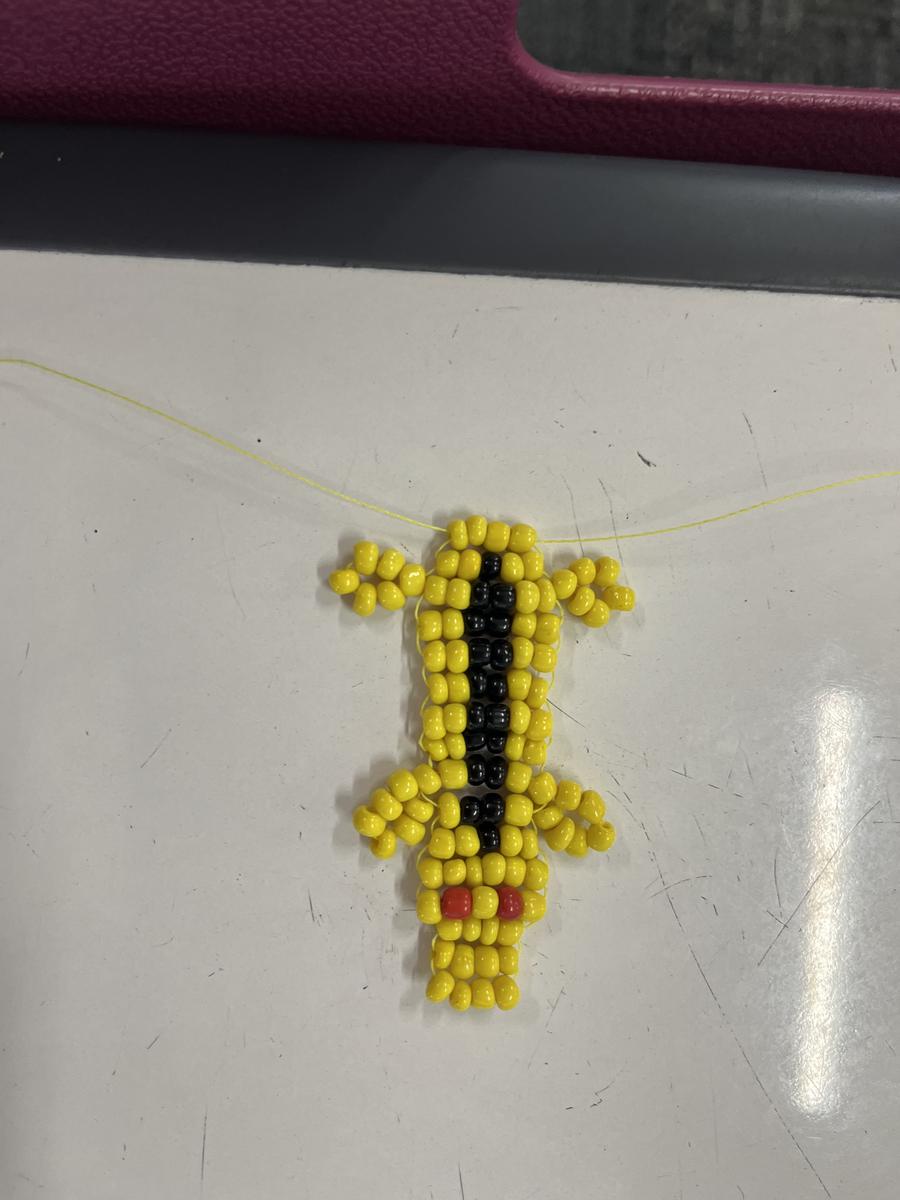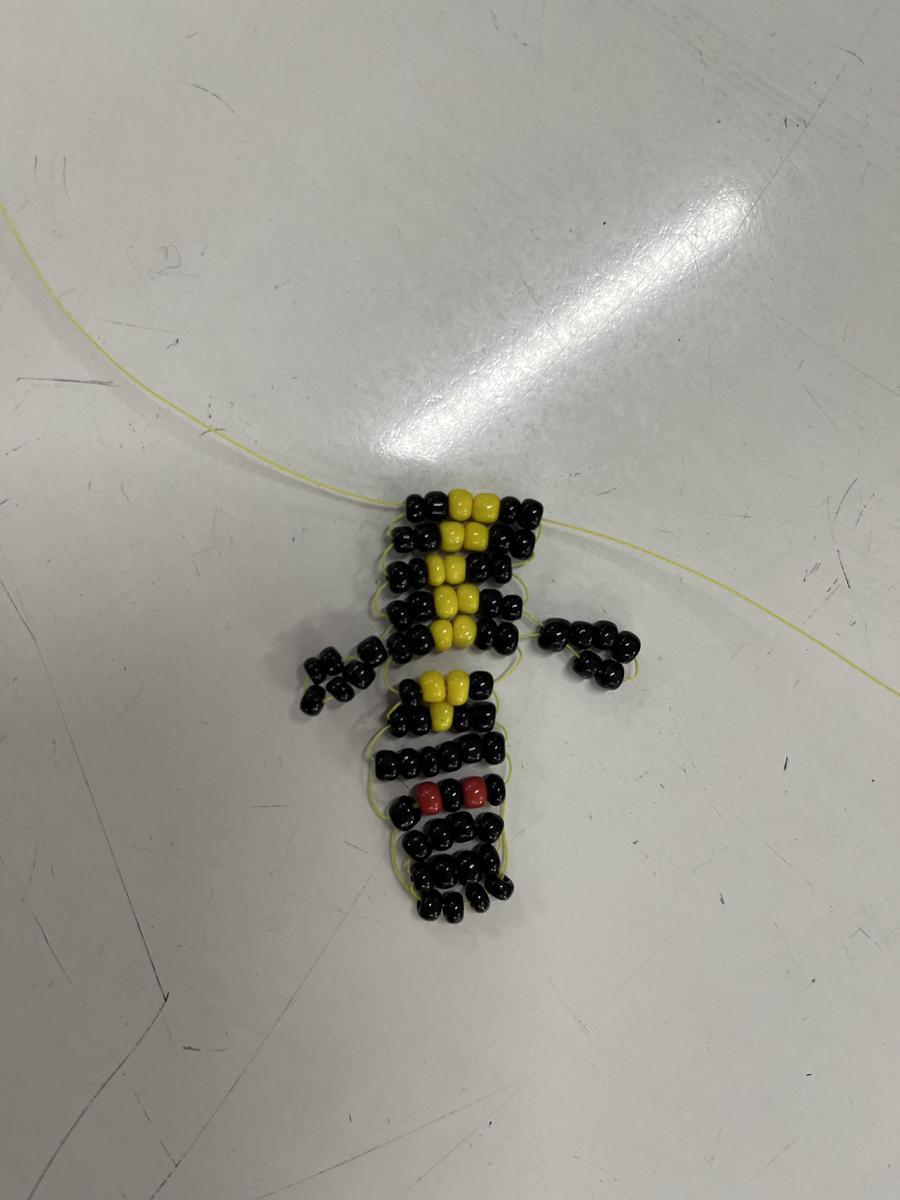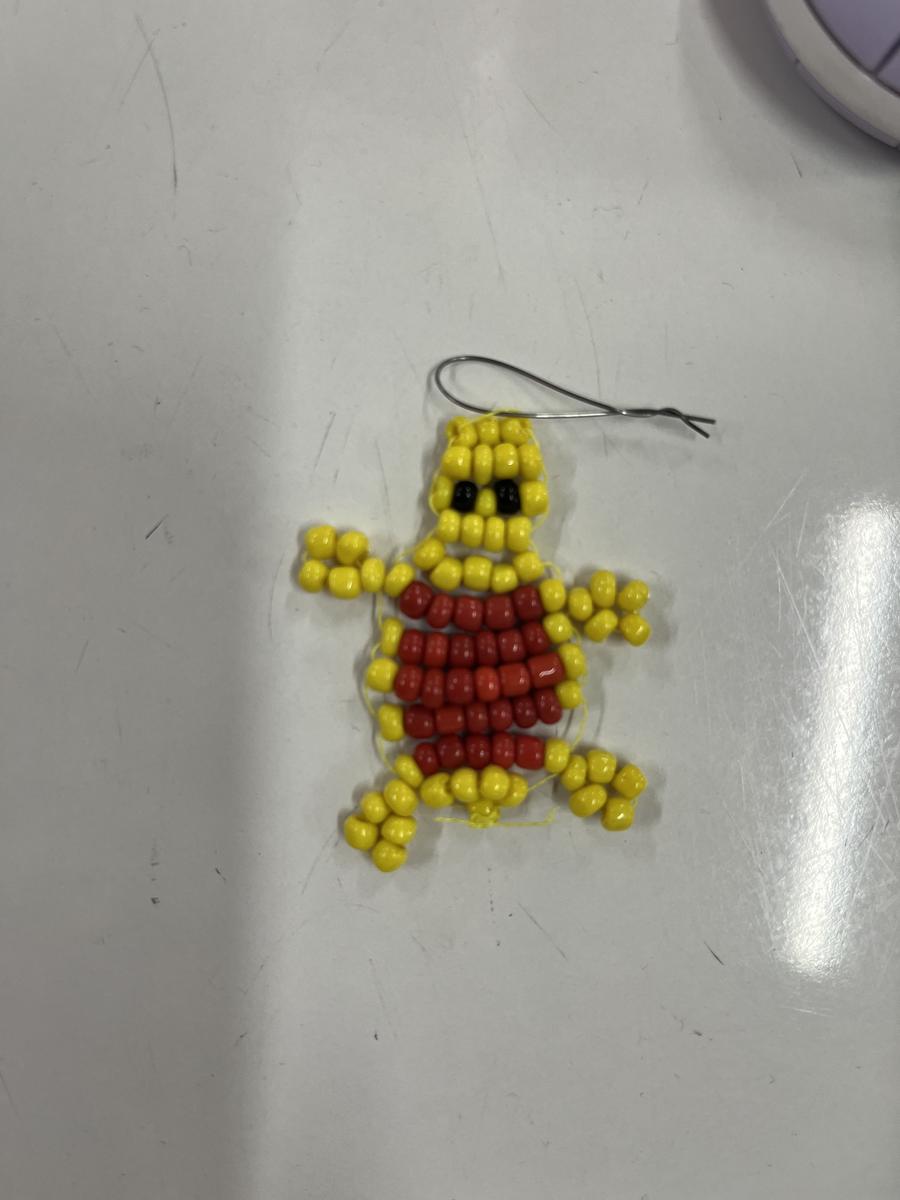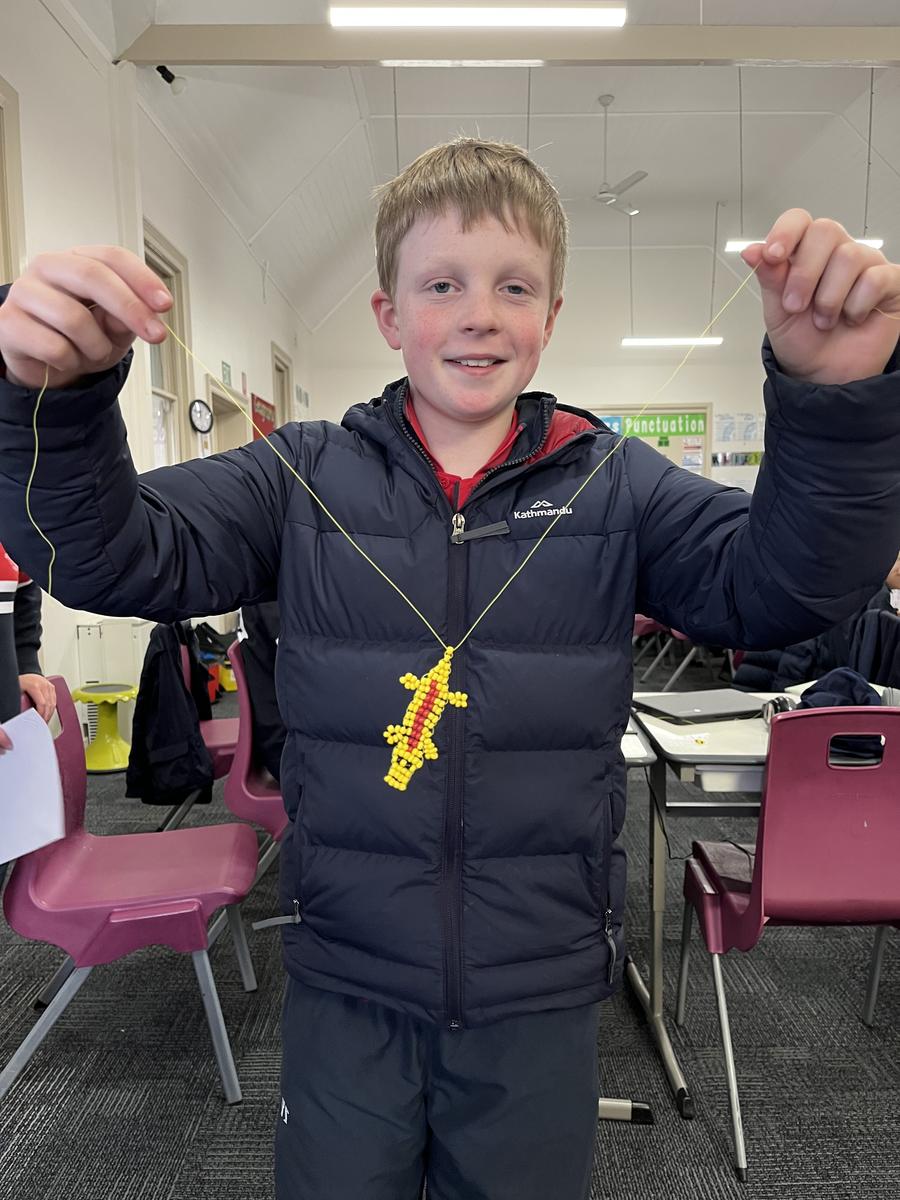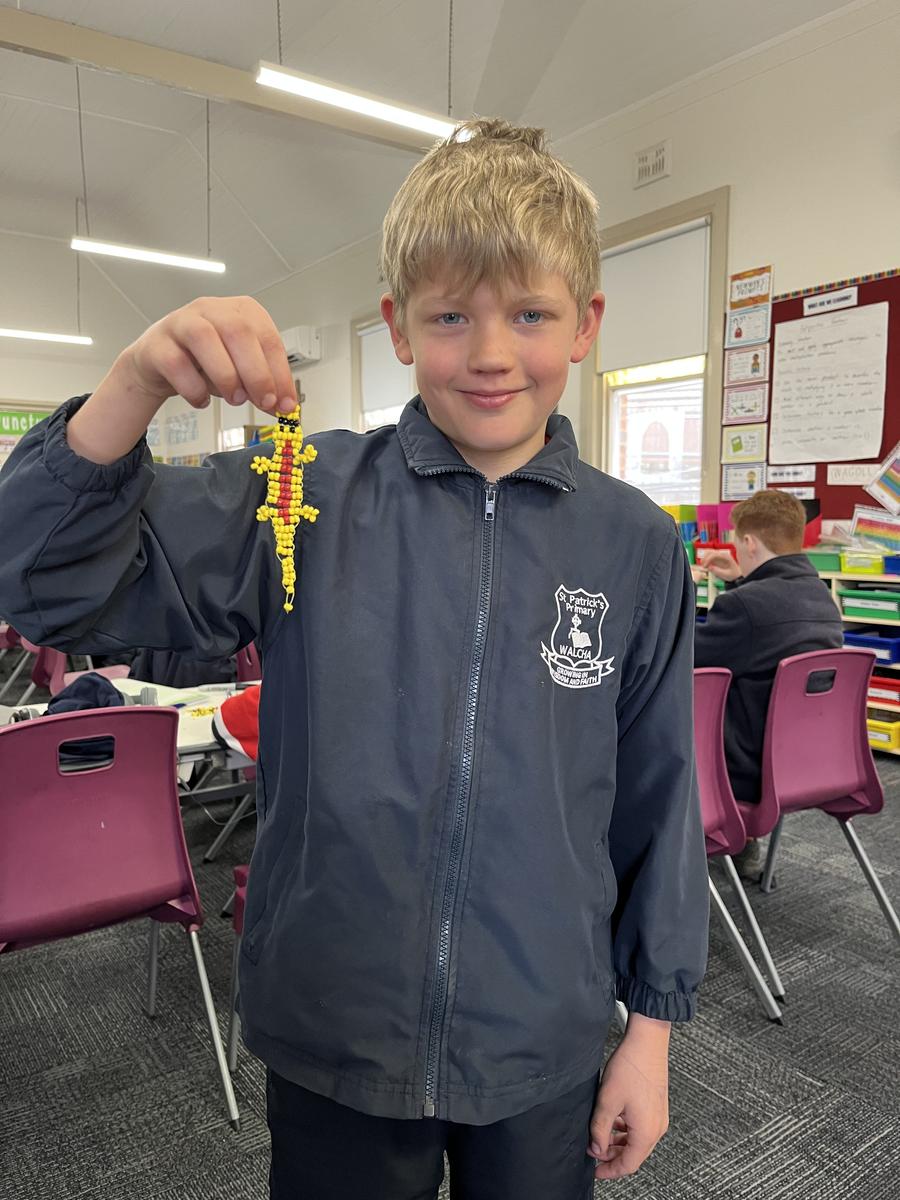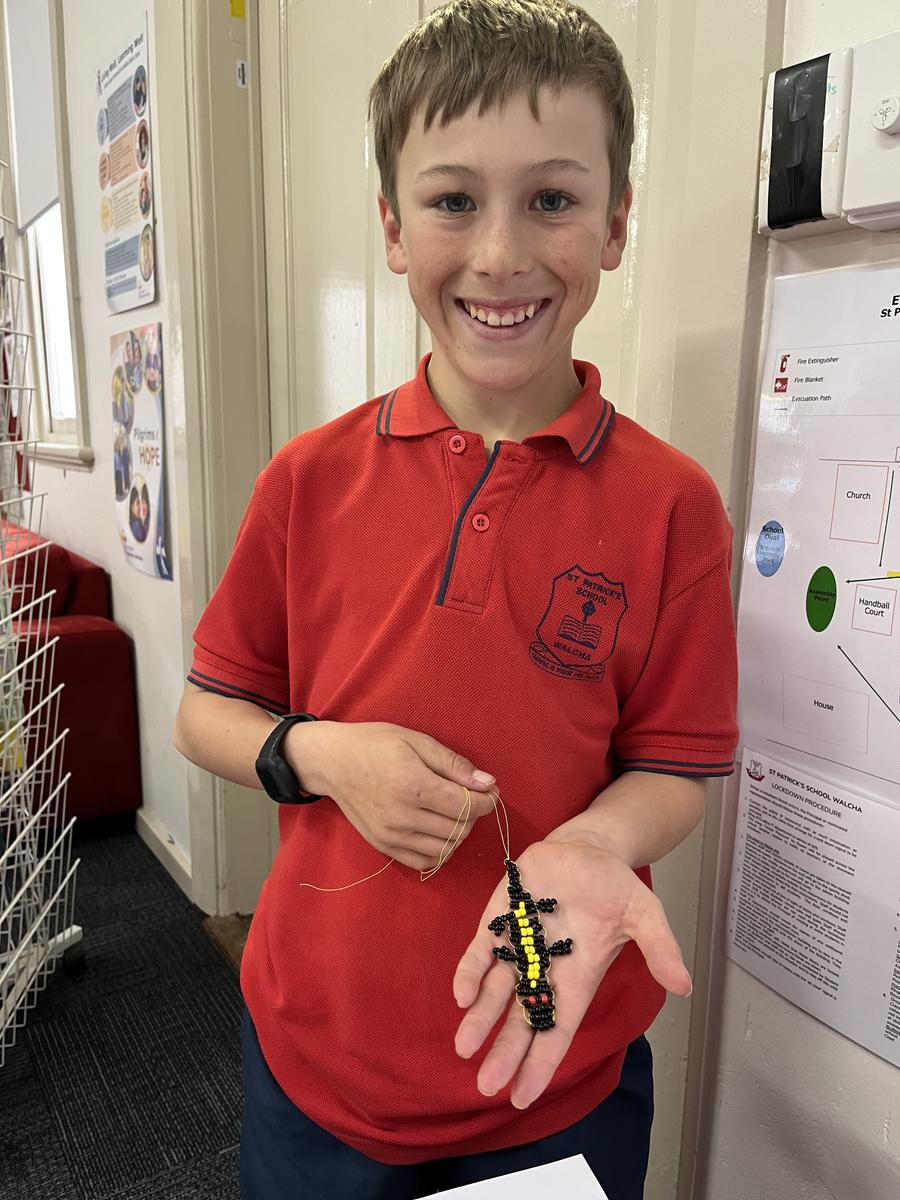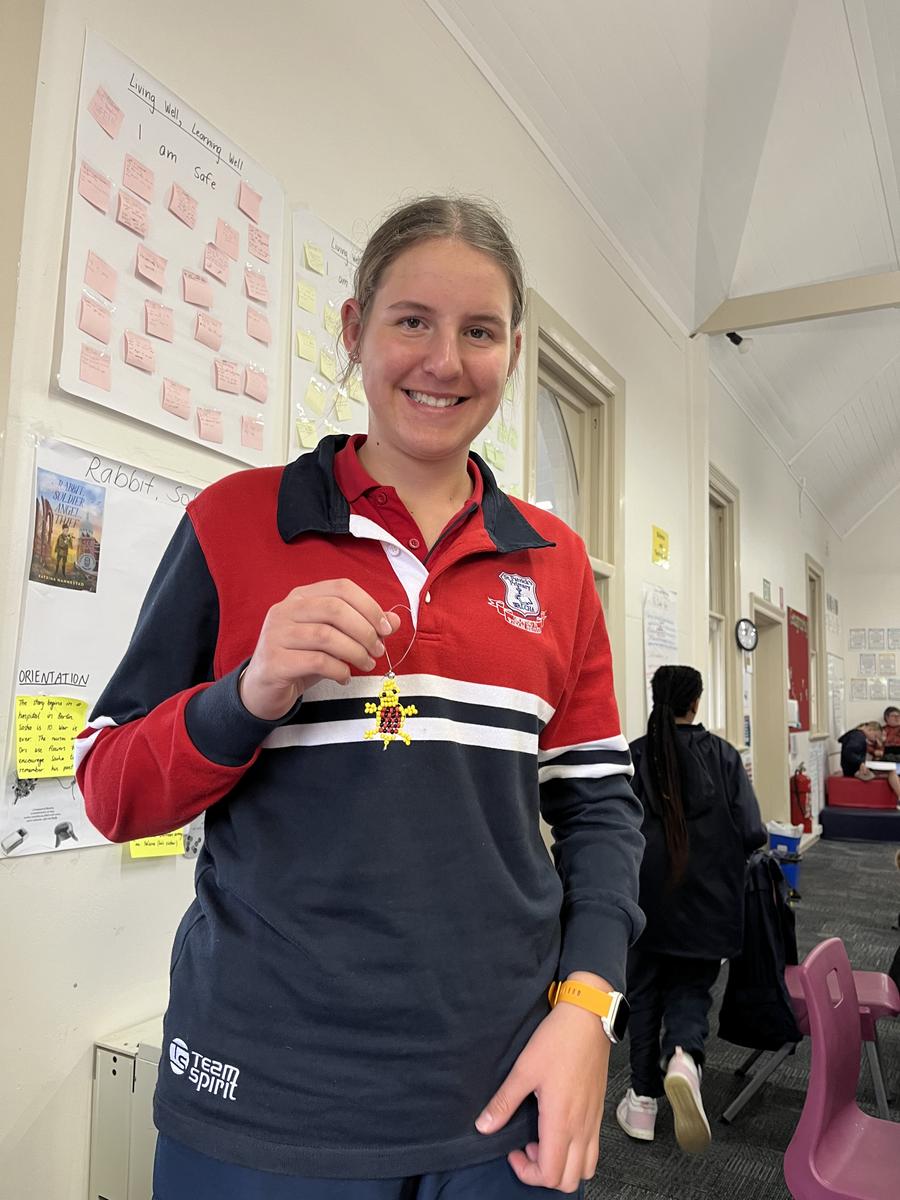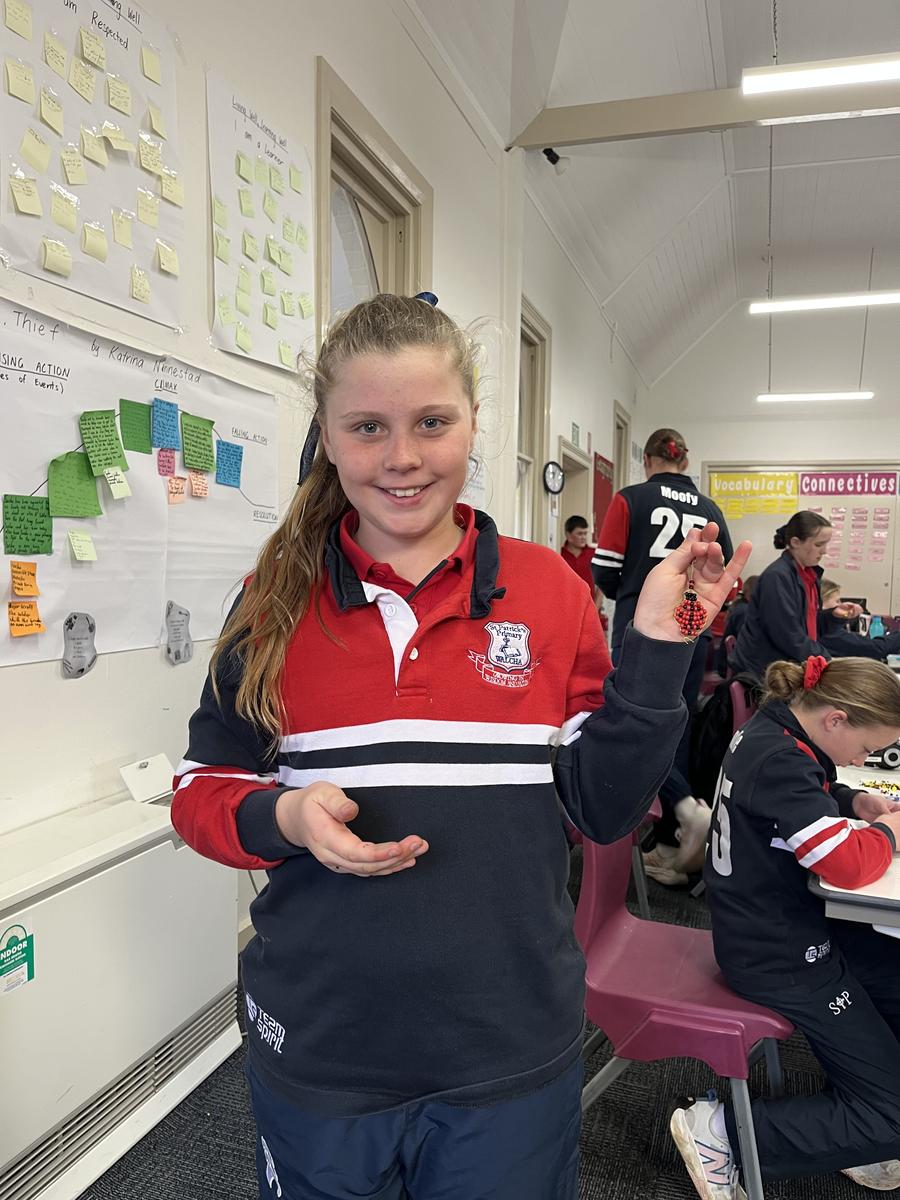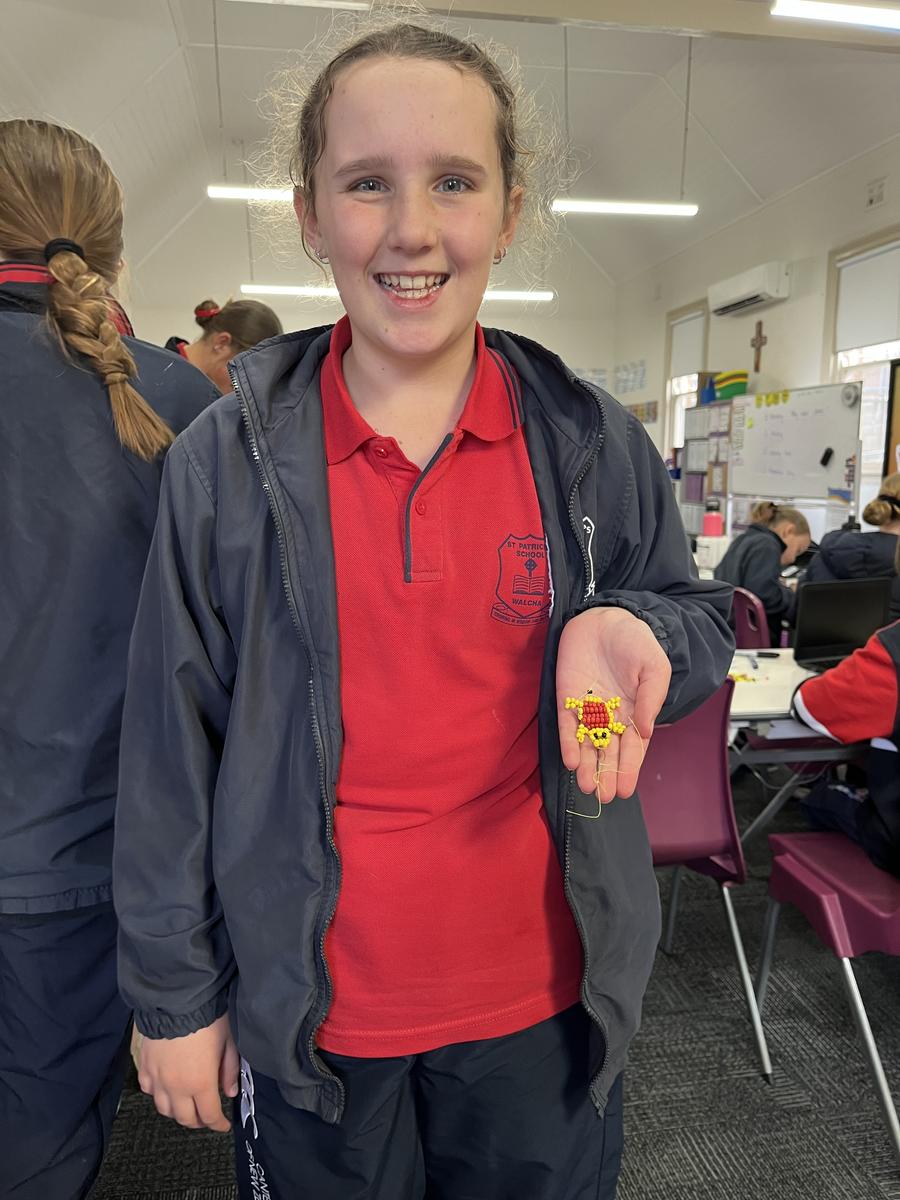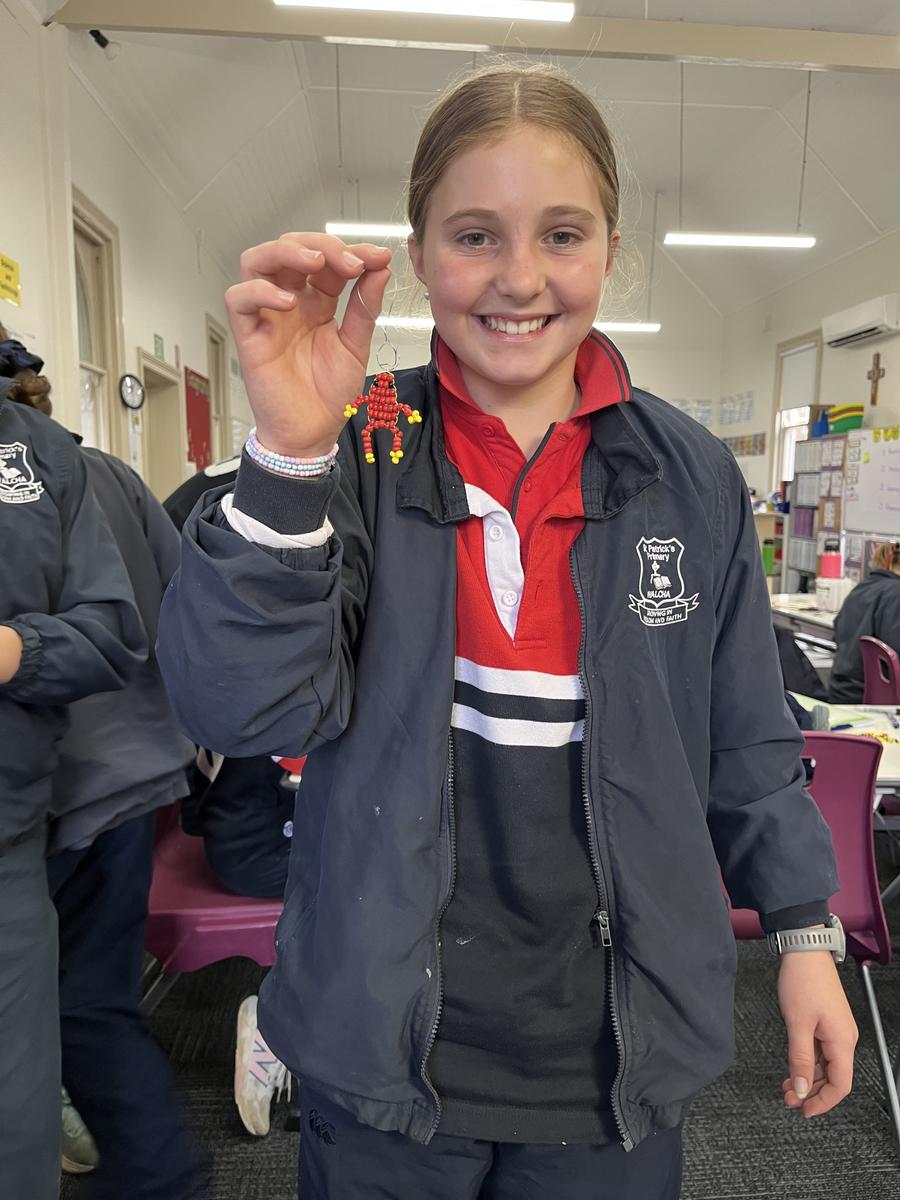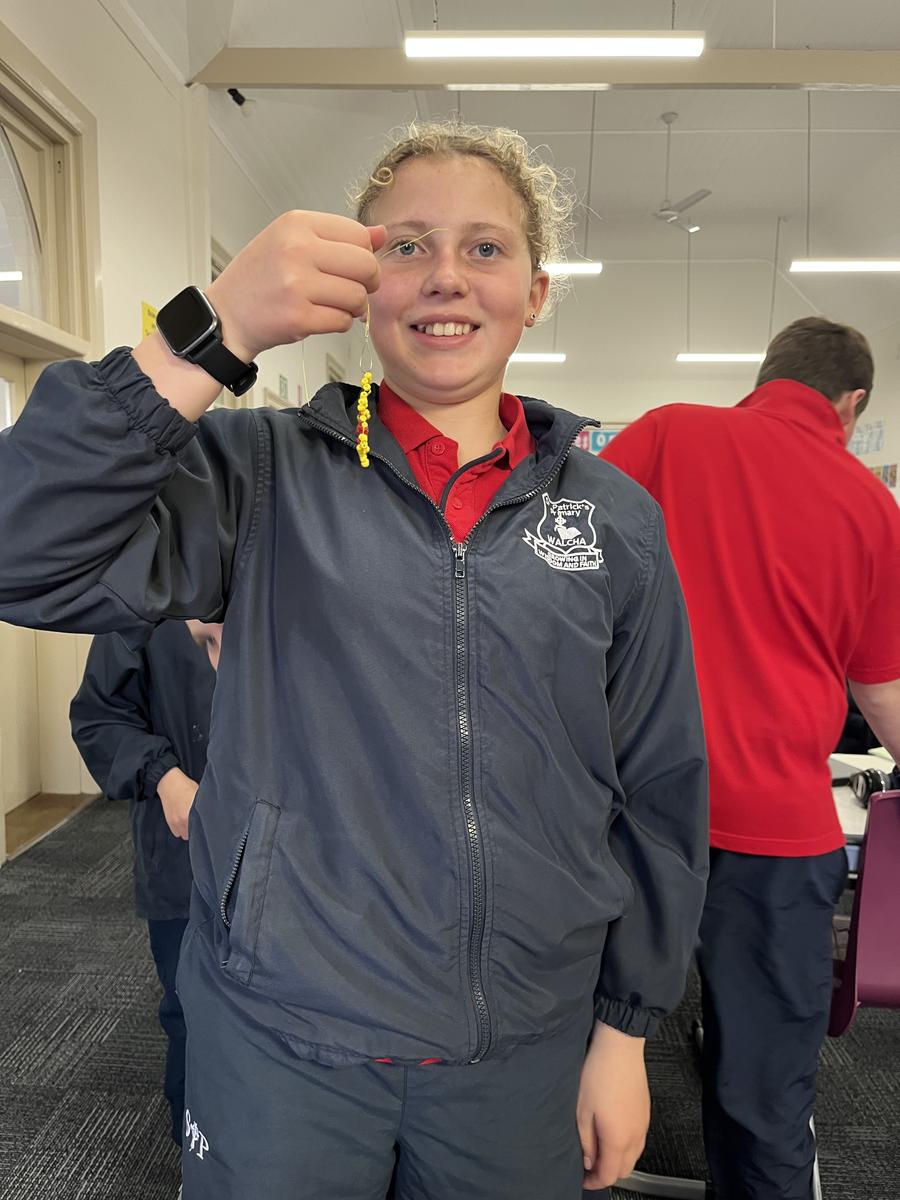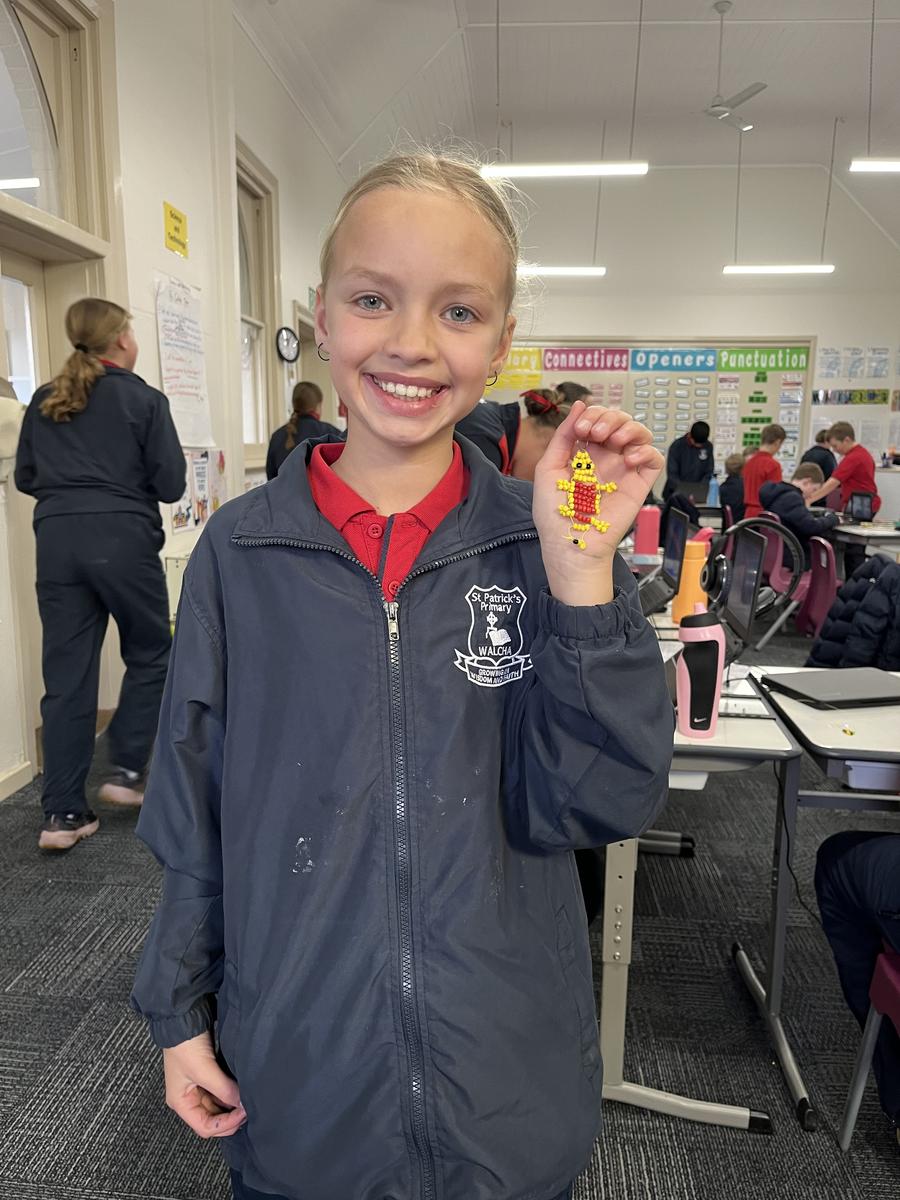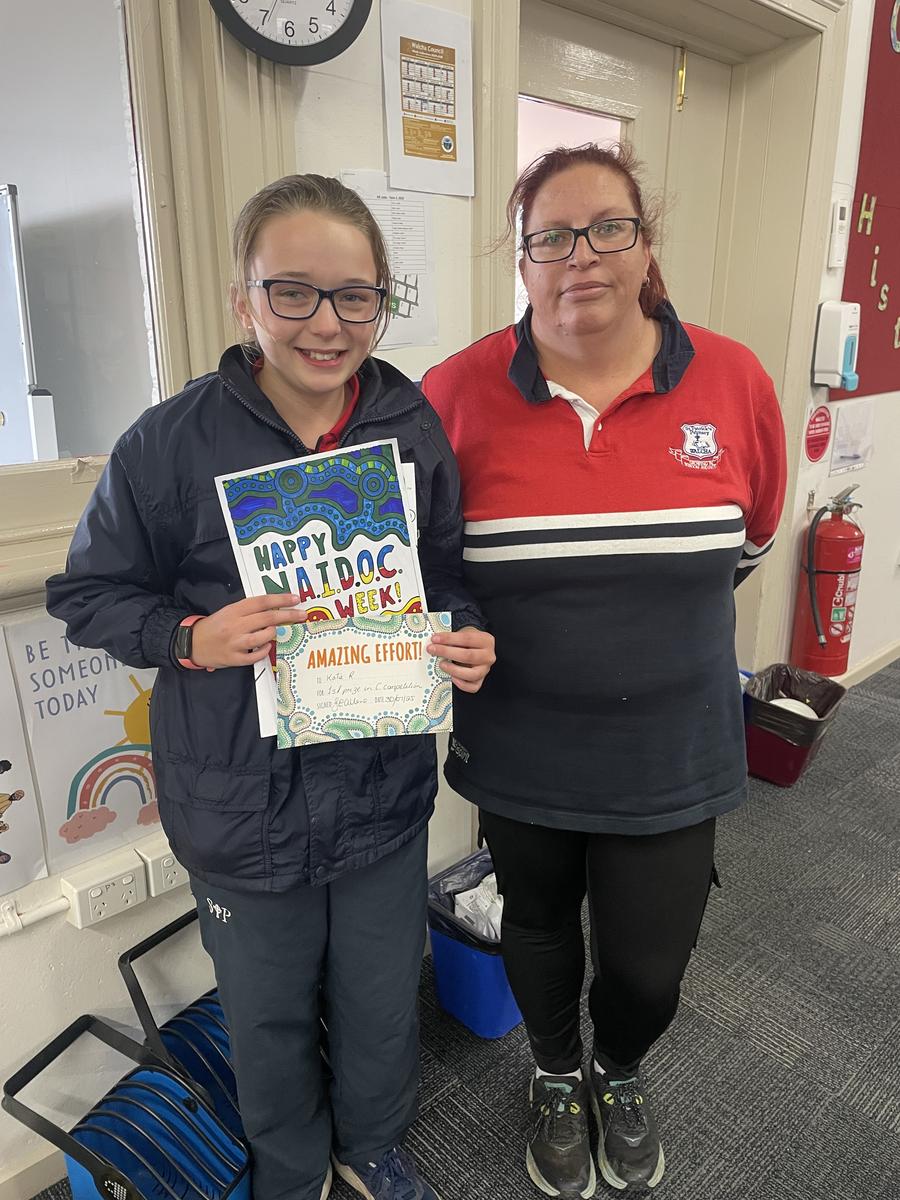Classroom Gallery
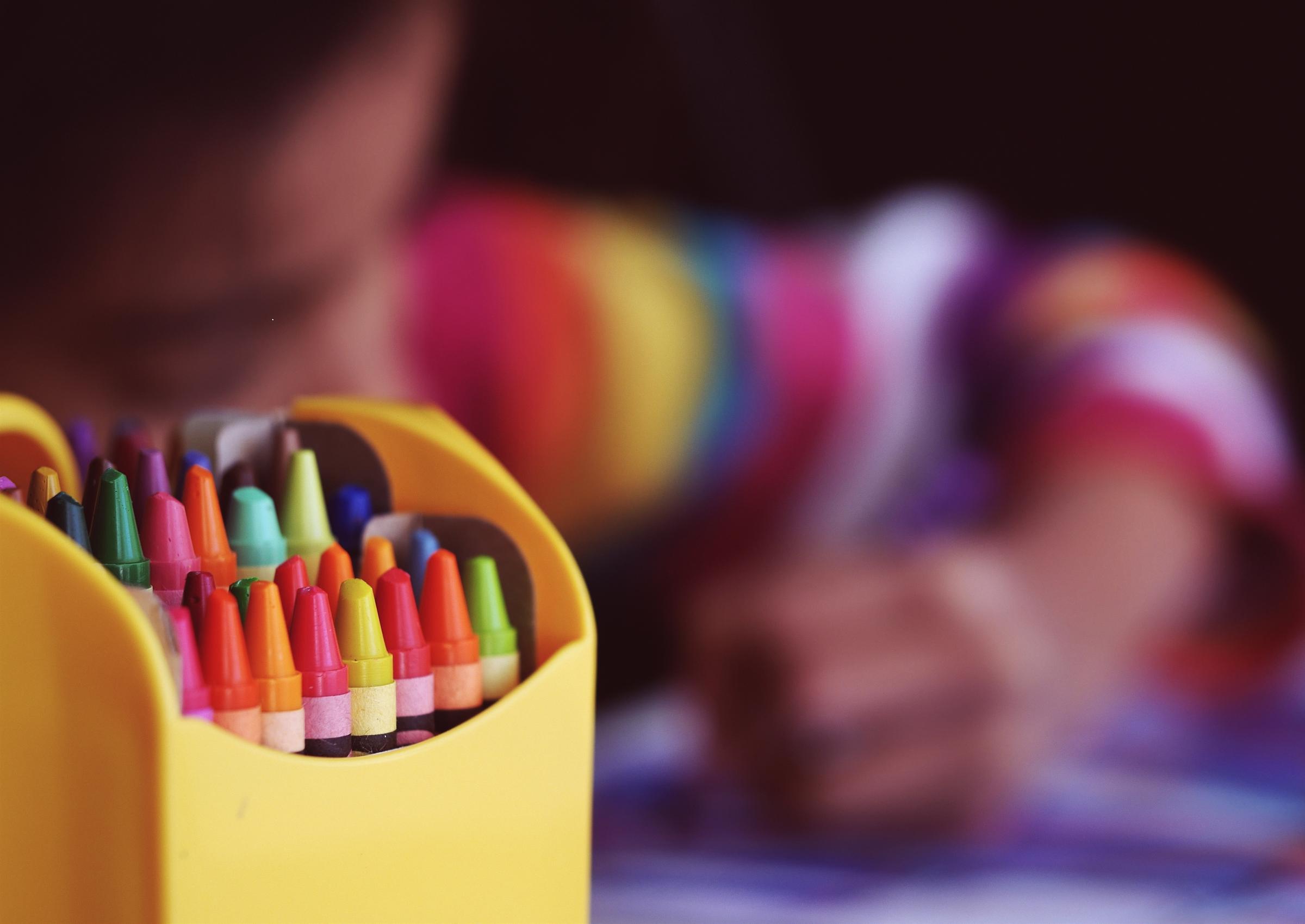
Year 5/6
Welcome to Term 3!
We’re excited to kick off another fantastic term of learning in Year 5/6. This term promises to be full of new challenges, exciting topics, and great opportunities for growth—both in and out of the classroom. We can’t wait to see all the creativity, curiosity, and effort our students will bring. Let’s make Term 3 a memorable one!
Maths - Multiplicative Relations
This term, our Year 5/6 students are diving into the topic of Multiplicative Relations. They are exploring how numbers are connected through multiplication and division, using efficient strategies for multiplying and dividing and developing a deeper understanding of factors, multiples, and the relationships between them.
They’re also working on applying these skills to real-world contexts, strengthening both their number fluency and their ability to reason mathematically.
Tips for Parents
- Use Real-Life Examples
- Grocery Shopping: Ask your child to calculate the total cost of multiple items or compare prices to determine better deals.
- Cooking: Use recipes to illustrate multiplication, such as doubling a recipe or dividing it into portions.
- Use highlighters to mark important information. Word problems are overwhelming, but you can help your child break the problem down by only highlighting the parts of the problem that are important. Teach them to highlight important numbers and key phrases in math problems so they can focus on what matters.
- Talk about and use in everyday situations all the different language that is used for the four operations (addition, subtraction, multiplication and division).
- Real-World Scenarios: Incorporate multiplication questions into daily activities, like setting the table (e.g., "If each person gets 3 pieces of cutlery, how many pieces do we need for 4 people?").
English - Fake News!
In English, Students are gaining a greater understanding of the textual concepts of ‘argument and authority’ and ‘perspective and context’. Through the study of digital articles, students are learning to recognise the various authorial choices that can impact the authority of a text.
Why do we need to know this?
In today’s digital world, young people are constantly exposed to information from a wide range of sources—many of which aren’t always accurate. That’s why we’re teaching our Year 5/6 students how to critically evaluate what they see and read online. Learning to identify fake news helps students become informed, responsible, and thoughtful consumers of media. It empowers them to question what they read, spot misinformation, and understand the difference between fact, opinion, and persuasion. These are essential skills not just for school, but for life in a connected world.
Video: What is fake news and how you can identify it? (1:54)
Digital article: Kids urged to get real on fake news
Lab-grown Meat
Year 5/6 students have been developing their critical thinking skills by analysing media articles about lab-grown meat. They’ve been learning how to identify the main ideas, persuasive language, and different viewpoints presented in news and opinion pieces. Students are also discussing the ethical, environmental, and health implications of lab-grown meat, while considering how facts and opinions are used to shape public understanding. It’s been a great opportunity for students to engage with a real-world issue and practise evaluating information from multiple sources.
WHAT IS LAB-GROWN MEAT, YOU SAY?! It is most definitely not fake news. Find out more, here:
Video: Australian Lab-Grown Meat (3:42)
Digital article: Is lab-grown meat coming soon to a supermarket near you? (7:00)
NAIDOC Week Activities
Please see photos of us, completing NAIDOC week activities: beading, dot painting, writing and publishing our very own Dreamtime stories.


